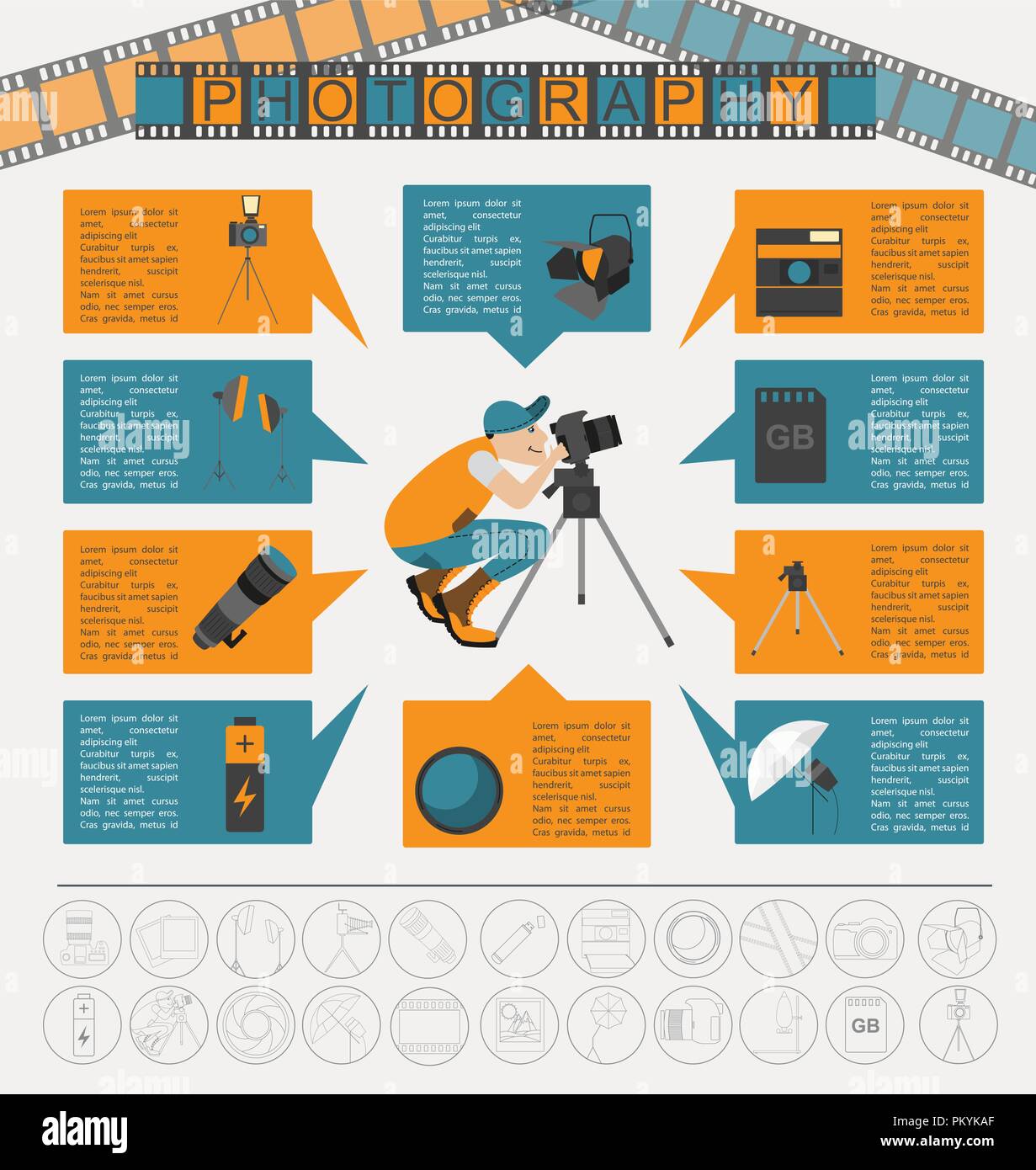The Significance Of Lighting In Digital Photography And How To Master It
The Significance Of Lighting In Digital Photography And How To Master It
Blog Article
Short Article Author-Ellis Serrano
When you grab your electronic camera, you may not understand just how crucial illumination remains in forming your photos. It can change an ordinary scene into something extraordinary, impacting not just the quality however also the mood of your photos. Understanding the details of light-- its instructions, top quality, and color-- can raise your work to brand-new heights. But how do you understand these elements efficiently? Discovering various illumination methods and experimenting with different setups could be the key to opening your complete potential as a digital photographer. Let's discover what makes light not simply required, however crucial.
The Function of Light in Digital photography
Light's effect on photography can not be overemphasized; it forms the mood, highlights details, and creates depth in your images. When you get your video camera, consider just how light engages with your topic. https://www.liveinternet.ru/users/brandt_park/post509045402 and quality of light can either improve or decrease the components you want to capture.
As an example, soft, diffused light can develop a wonderful environment, while rough, direct light can generate stark contrasts and sharp shadows.
As https://writeablog.net/amado99delmy/just-how-to-locate-your-distinct-style-as-a-professional-photographer experiment, notice just how different times of day impact your shots. Morning and late afternoon commonly provide the most complementary light, called the "golden hour." This warm light can produce sensational impacts that attract audiences in.
On https://squareblogs.net/delmer60chantay/common-blunders-new-photographers-make-and-just-how-to-prevent-them , shooting at noon can bring about uncomplimentary darkness, so keep that in mind.
Furthermore, take into consideration the color of light. Natural light varies throughout the day, and fabricated source of lights can introduce various tones to your scenes.
Changing your white equilibrium can help you attain the wanted impact. Ultimately, understanding the duty of light will certainly transform your photography, allowing you to inform tales and stimulate emotions with every image you catch.
Types of Illumination Techniques
Typically, photographers depend on different lights methods to accomplish their desired effects and improve their photos. Understanding these strategies allows you to control light creatively, making a considerable difference in your photography.
One preferred method is natural lighting, where you use sunshine to brighten your subject. This strategy can create soft, gorgeous shadows and highlights, particularly throughout the golden hour-- shortly after sunup or prior to sunset.
Another technique is using man-made lights, that includes workshop lights, speedlights, or LED panels. You can control the strength and instructions of the light, enabling more exact outcomes.
Backlighting is one more reliable approach; positioning the light source behind your topic can develop a striking shape or emphasize edges, including deepness to your images.
You may also check out high-key and subtle illumination styles. High-key lighting creates intense, equally lit pictures with very little shadows, while subtle lights emphasizes comparison and dramatization with deep shadows.
Each method has its toughness, and experimenting with them will assist you find your unique style.
Tips for Learning Lights
Grasping lighting can genuinely change your digital photography, so it's essential to get a grasp on some sensible tips.
Initially, always focus on the instructions of light. Light originating from the side can create deepness, while front lights tends to flatten your subject. Try out backlighting for remarkable silhouettes or to highlight structures.
Next, consider the high quality of light. Soft, diffused light is frequently a lot more lovely, particularly for portraits. You can accomplish this by shooting during gold hour or utilizing reflectors and diffusers to soften rough sunlight.
Do not ignore the power of shadows! They can include intrigue and dimension to your photos. Try positioning your subject in a way that permits darkness to boost the make-up.
Additionally, adjust your camera settings accordingly. Make Look At This of a broader aperture for even more light in reduced conditions, but bear in mind depth of field.
Ultimately, method makes ideal. Take your camera out in various lighting conditions and experiment. The more you have fun with light, the better you'll understand how to use it to your benefit.
Master these ideas, and you'll raise your photography to brand-new heights!
Final thought
Grasping illumination is necessary for elevating your photography. By comprehending just how light impacts your pictures, you can develop spectacular compositions that share state of mind and depth. Try out different methods and problems, and don't shy away from making use of devices like reflectors and diffusers to boost your shots. With method and a desire to find out, you'll discover that adjusting light becomes second nature, allowing your creative thinking to radiate through in every photograph you take.
